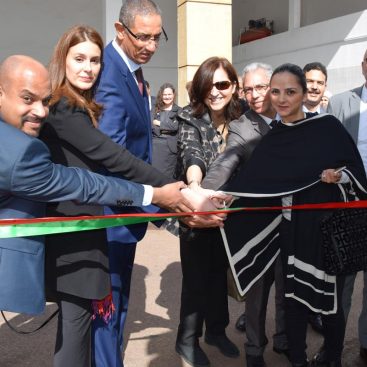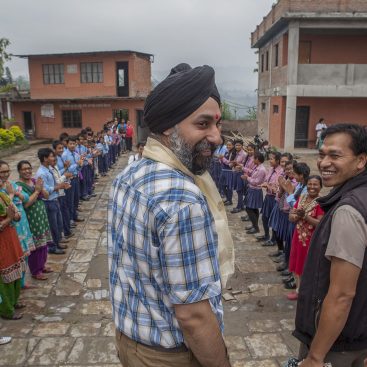Research Team
PI
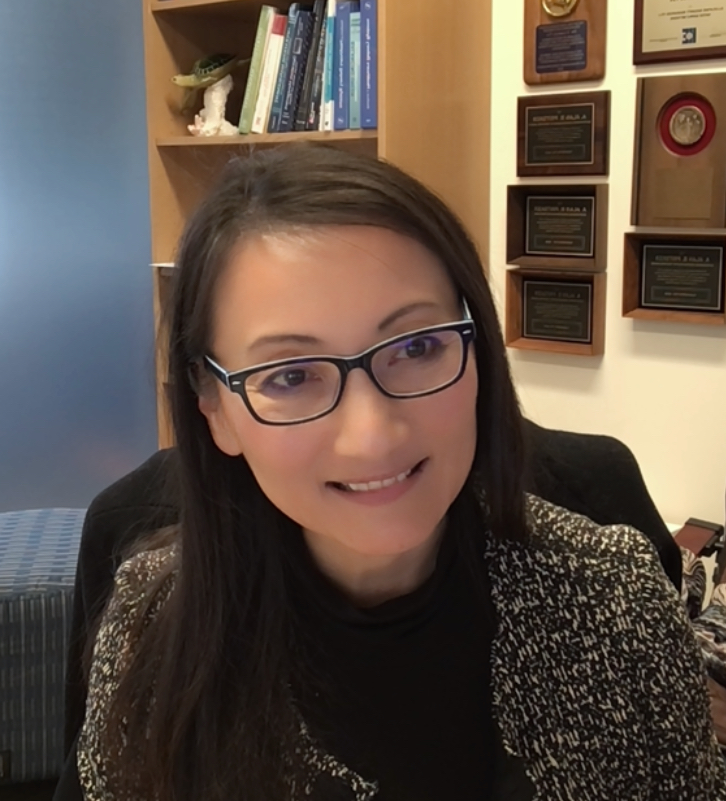
Dr. Yuehwern Yih
Professor, Industrial Engineering, Purdue University
yih@purdue.edu
Lead Researcher:

Dr. Priyanka Brunese
Research Scientist, Purdue University
pshah@purdue.edu
Practitioner Partner:
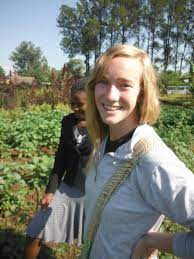
Dr. Marcia Croft
Catholic Relief Services
Graduate Research Assistant:

Min Kyung Lee
Industrial Engineering, Purdue University
USAID Partners:
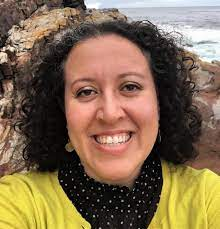
Tatiana Pulido
PSE Hub;

Susan Ross
Global Health
Project Information
Project Title: USAID PSE Process Analysis
Sector: Private Sector Engagement, Sector Agnostic
Country: Multi-country study
Lead Institution: Purdue University
Key Stakeholders: The audience for this research study is any actor/entity that wants to participate in USAID’s PSE processes including USAID PSE Hub, USAID Missions and Bureaus, NGOs, implementing partners, current and potential private sector partners, other partners/donors.
Research Objective: To examine the causes and contexts of sub-optimal or unintended outcomes and look to identify root causes, with an eye towards sharing appropriate lessons learned and opportunities for improvement in PSE throughout USAID. The overall purpose of this research is to help USAID understand process bottlenecks that may limit them from being ‘Partner of Choice’ for the private sector.
Research Description: The research team used a systems engineering and multi-stakeholder perspective approaches to examine the end-to-end private sector engagement process employed by USAID from problem definition, partner selection, engagement negotiation, implementation, and closeout to: 1) map out the engagement processes; 2) identify bottlenecks and root causes that affect PSE formation, operations, relationships and health using a systems approach; and 3) identify best practices to address these challenges. This study explored timing of interactions, the nature of shared information, evaluative criteria used in partner selection, and contextual variables of the engagement (e.g., stakeholder roles, engagement level, technical focus, implementation context). This work aims to add valuable insights into engagement processes that can enhance the success of PSE.
To understand the interactions between USAID and the PS before an engagement is
formalized, FGDs and interviews were conducted to understand perspectives from 13 USAID personnel in Washington and selected Missions. To understand the full scope of PSE efforts, the research team identified 8 USAID partnerships across USAID sectors such as health, agriculture, education, technology, economic growth and environment and across geographic regions (East Asia, South Asia, Middle East, Latin America and Africa). Forty-three (43) participants across USAID, PS, Implementing Partner (IP) and other stakeholders were interviewed to gain a 360-degree view of the engagement from various perspectives.
Research outputs:
This empirical, field-based study resulted in providing valuable insights towards the following themes:
- USAID’s sector-agnostic PSE Lifecycle
- Key reasons why some PSE do not get formalized as partnerships
- Different configuration models for PSE operationalization
- Factors that differentiate PSE configuration models
- Signs of bottlenecks in USAID’s PSE Lifecycle
- Root causes of bottlenecks in formalized engagements
- Partnering Experience Framework: Factors influencing PS’ perceived worth of continued engagement (PWCE)
- Key recommendations for PSE
Research Translation Products:
- Research Executive Summary
- Research Report
- “We want to engage the private sector in development, but don’t know how”: Evidence-based Toolkit for Operationalizing Private Sector Engagement (PSE) at USAID
- Understanding Private Sector Engagement (PSE) Processes Using Eight (8) Field-Based Case Studies
- Designing Private Sector Engagement Workbook: Addendum to USAID’s Theory of Change Workbook
- Private Sector Engagement (PSE): Assessing Partnering Experience
- Private Sector Engagement (PSE): Checklist Tool for Identifying Bottlenecks & Root Causes in Partnership Process
Dissemination:
USAID Higher Education Evidence Summit – May 17th, 2022 (more here)
Cross-sector Social Interactions (CSSI) Conference – June, 2022



